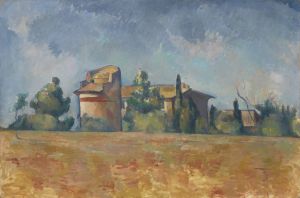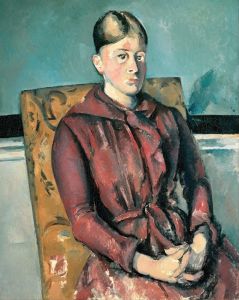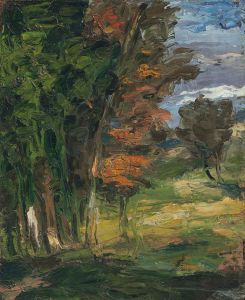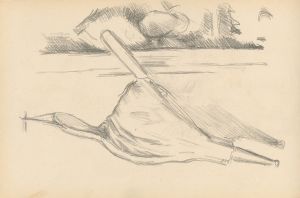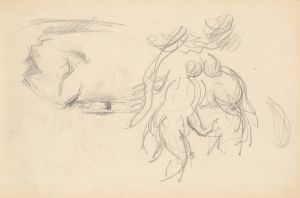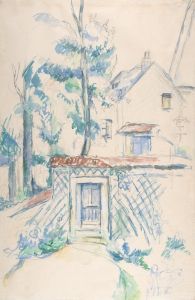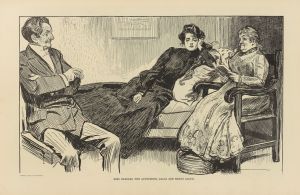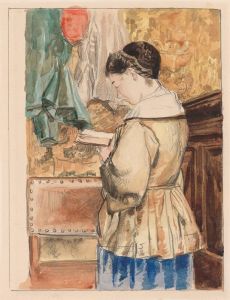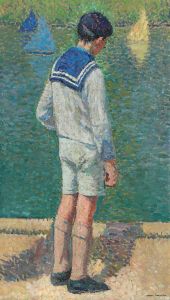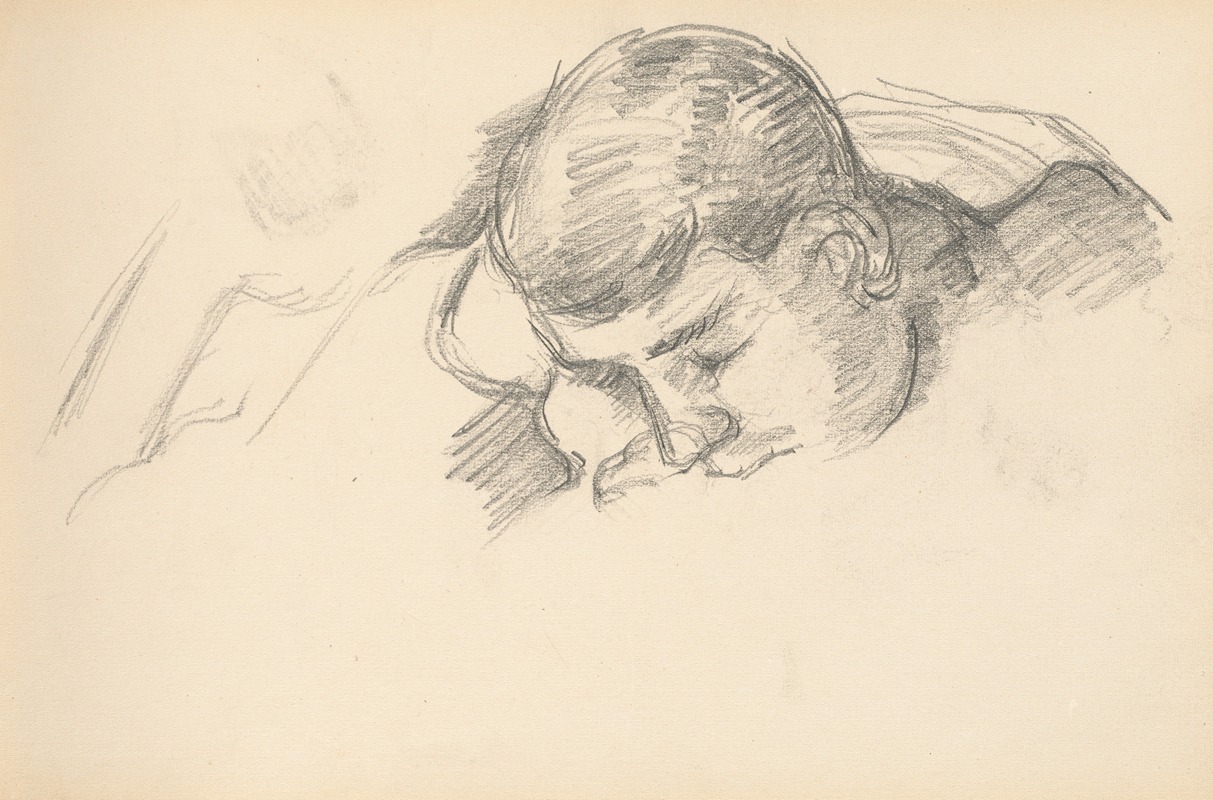
The Artist’s Son Reading
A hand-painted replica of Paul Cézanne’s masterpiece The Artist’s Son Reading, meticulously crafted by professional artists to capture the true essence of the original. Each piece is created with museum-quality canvas and rare mineral pigments, carefully painted by experienced artists with delicate brushstrokes and rich, layered colors to perfectly recreate the texture of the original artwork. Unlike machine-printed reproductions, this hand-painted version brings the painting to life, infused with the artist’s emotions and skill in every stroke. Whether for personal collection or home decoration, it instantly elevates the artistic atmosphere of any space.
Paul Cézanne's painting "The Artist’s Son Reading" is a notable work that exemplifies the artist's unique approach to capturing intimate and personal moments. Created in the late 19th century, this painting features Cézanne's son, Paul, engaged in the act of reading. The artwork is a testament to Cézanne's evolving style and his exploration of form, color, and composition.
Cézanne, a pivotal figure in the transition from 19th-century Impressionism to 20th-century Cubism, is renowned for his innovative use of color and brushwork. In "The Artist’s Son Reading," he employs these techniques to create a sense of depth and volume, while maintaining a focus on the subject's contemplative state. The painting is characterized by its subtle yet vibrant palette, with Cézanne using a range of colors to depict the play of light and shadow on his son's face and clothing.
The composition of the painting is carefully structured, with Cézanne's son positioned slightly off-center, drawing the viewer's eye towards the book he is reading. This deliberate placement not only highlights the subject but also creates a dynamic balance within the artwork. Cézanne's brushwork is both deliberate and expressive, with visible strokes that add texture and movement to the painting. This technique is indicative of Cézanne's departure from the smooth, polished surfaces favored by many of his contemporaries.
"The Artist’s Son Reading" is also significant for its personal nature. Cézanne often used family members as subjects in his work, providing a glimpse into his private life and relationships. This painting, in particular, reflects the artist's affection for his son and his interest in capturing everyday moments with sincerity and depth. The intimate setting and the focus on a solitary activity like reading suggest a quiet introspection, both on the part of the subject and the artist.
Cézanne's influence on modern art is profound, and "The Artist’s Son Reading" is an example of his ability to convey emotion and complexity through seemingly simple scenes. His exploration of geometric forms and his emphasis on the underlying structure of objects paved the way for future artistic movements, including Cubism and Fauvism. Artists such as Pablo Picasso and Henri Matisse have cited Cézanne as a major influence on their work, underscoring his lasting impact on the art world.
Today, "The Artist’s Son Reading" is appreciated not only for its aesthetic qualities but also for its contribution to the development of modern art. It remains a valuable piece for understanding Cézanne's artistic journey and his role in shaping the direction of art in the 20th century. The painting is housed in various collections, allowing audiences to experience firsthand the mastery of one of history's most influential artists.





